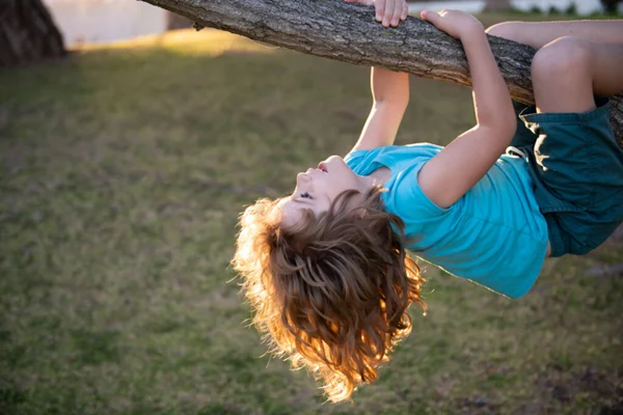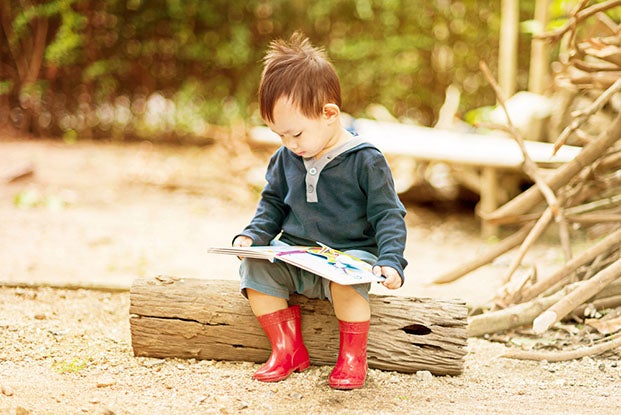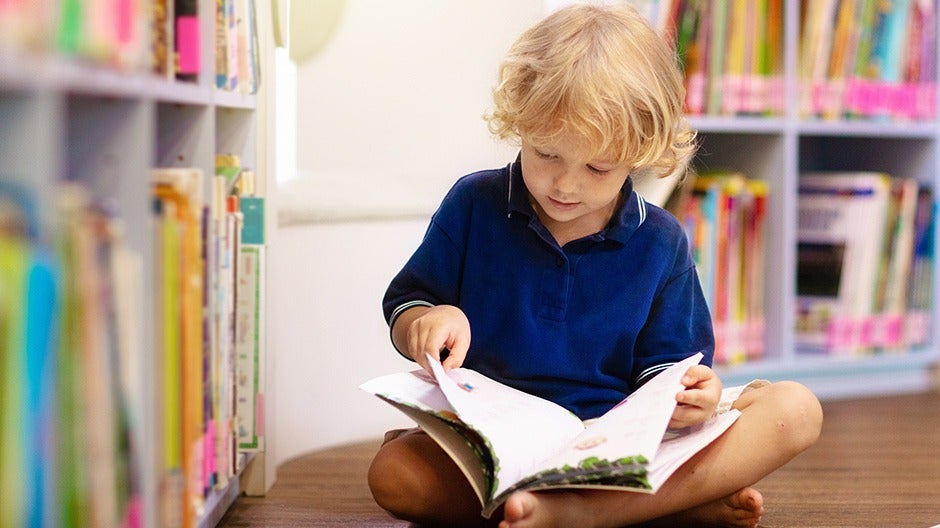Physical play is the cornerstone of early childhood development because it has a direct impact on a wide variety of physical, cognitive, social, and emotional skills that are essential for healthy growth.
What’s more, physical play often involves other types of essential play, including parallel play, pretend play, and independent play—all of which have a profound effect on how your child matures.
In this article, we discuss physical play, why it’s important, and how you can encourage it in your young one.
Table of Contents
- What Is Physical Play?
- Why Is Physical Play Important?
- Types of Physical Play
- How To Encourage Physical Play
What Is Physical Play?
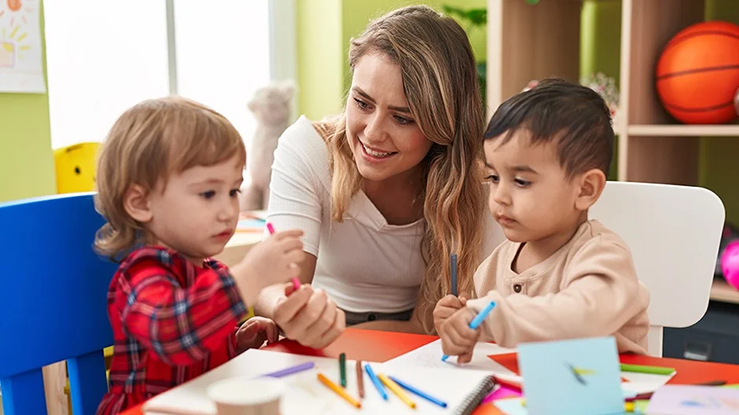
Physical play is an umbrella term for a wide variety of movement, exploration, and challenge activities that engage your child’s body. It includes big movements like running, jumping, and climbing as well as small movements like picking up a crayon and zipping a zipper.
Naturally, infants, toddlers, preschoolers, and school-aged children exhibit different levels of physical play. Here’s what it may look like at each age.
Infants and Toddlers
Physical play for infants and toddlers is all about gross (full-body) motor control. Skills include:
- Waving their limbs
- Holding their head and shoulders off the ground during tummy time
- Scooting across the floor
- Crawling
- Pulling themselves into a standing position
- Walking (unassisted or assisted)
- Exploring their environment
- Helping you with chores
Preschoolers
With the basic gross motor skills mastered, preschoolers will engage in more advanced physical play, including:
- Writing
- Coloring
- Pretending to be animals or superheroes
- Improving balance and coordination in irregular situations
- Carrying objects
- Basic climbing
- Developing basic sports skills (e.g., throwing, catching, kicking, etc.)
School-Age Children
School-age children exhibit physical play in more organized situations, including:
- Drawing pictures
- Writing words and numbers
- Organized sports
- Team activities
- Individual physical challenges
- Advanced climbing (e.g., trees, jungle gyms, monkey bars, etc.)
Why Is Physical Play Important?
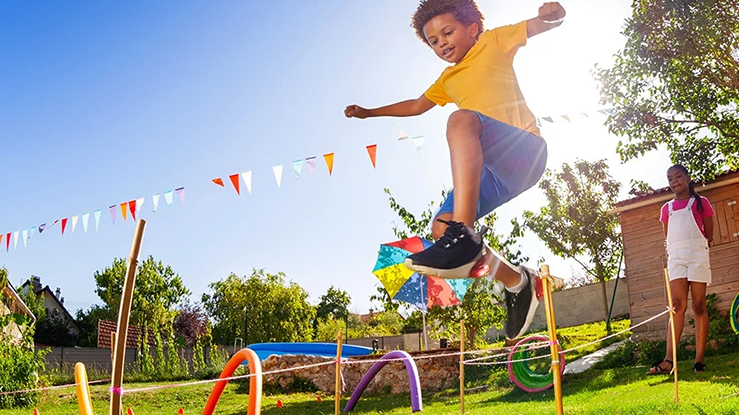
Builds Fine and Gross Motor Skills
One of the most important aspects of physical play is how it builds fine and gross motor skills.
We mentioned just a few of the motor skills that play can help your child develop, but others include:
- Putting on and taking off clothes
- Feeding themselves
- Holding writing utensils
- Using those utensils in more and more controlled ways
- Moving from place to place
All of these grow and develop through physical play and can help your child navigate their environment, control objects around them, and take care of themself.
Improves Balance and Coordination
Physical play also helps improve your child’s balance and coordination. Without these interrelated skills, your child may have a hard time learning to walk, feeding themself, and navigating their environment safely.
Not only that, but balance and coordination can also help your child develop more advanced skills like writing, drawing, running, and jumping.
Promotes Bone and Muscle Development
Regular physical activity—in the form of free or organized play—promotes bone health and muscle growth. As your child learns new and more advanced skills, their bones and muscles will grow stronger to accommodate these movements.
For example, pulling themself into a standing position activates more muscles than crawling and, in the process, makes those muscles stronger and more robust so that your child can perform the movement again (and better next time).
Similarly, as your child starts to stand more often, their leg bones will grow and become denser to support their body weight and the demands that come with taking their first walking steps.
Builds Creativity and Imagination
Physical play gives young children the freedom to experiment, imagine, and create new ways to move and interact with the world around them.
This type of creativity and imagination can then translate into other skills, such as playing make-believe and dress-up for younger children and writing and drawing for older children.
Boosts Problem-Solving Skills
In addition to fine and gross motor skills, balance, and muscle development, physical play also has a positive effect on purely mental activities, like solving problems.
During play, children will have to navigate obstacles, figure out how to move their bodies correctly (to climb, for example), and create strategies when playing games.
All of these are forms of problem-solving that will benefit young children as they grow and progress to the next stage of development.
Develops Spatial Awareness
At a young age, physical play reinforces the relationship between the body and external objects (a.k.a. spatial awareness).
Spatial awareness is an essential motor skill that can help young children do everything from moving through their environment without hurting themself to feeding themself and locating parts of their body.
Types of Physical Play
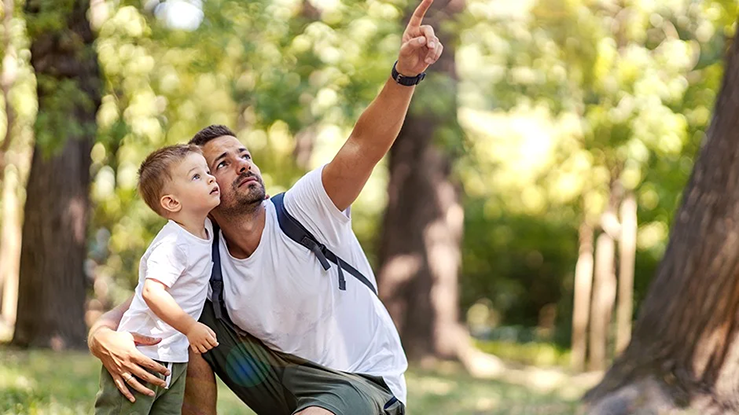
Physical play can manifest in a wide variety of ways and generally falls into four different categories:
- Outdoor play
- Indoor play
- Free play
- Structured play
Outdoor Play: Includes activities like running, jumping, climbing, swinging, swimming, and biking. Exploring nature is also an important part of all outdoor play.
Indoor Play: Includes activities like dancing, building forts out of blankets and cushions, navigating obstacle courses, and playing active video games.
Free Play: Free play is when your child engages in any outdoor or indoor activities on their own or without adult supervision and input.
Structured Play: Structured play is the opposite of free play and takes the form of organized activities such as sports, dance, and gymnastics.
Keep in mind that children often engage in multiple categories and types of play at the same time (e.g., playing alone on the swings in the backyard).
How To Encourage Physical Play
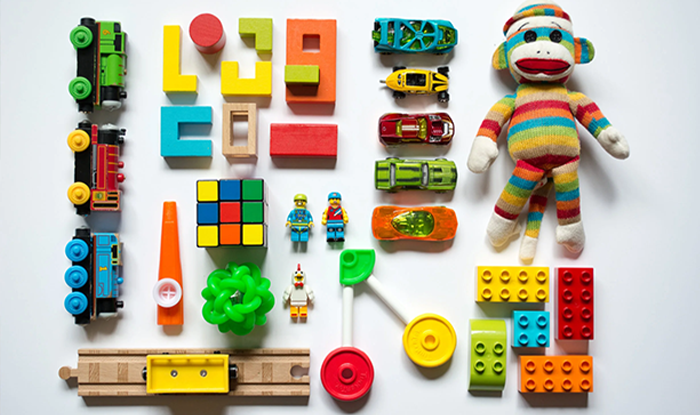
Create a Place for Physical Play
To encourage your young one to play, the best thing you can do is create a space for that play.
For infants and toddlers, move furniture out of the way, put down play mats, throw soft cushions around the area, and give your child plenty of room to move.
For older children, moving the children outside is often the best bet, but you can also “manufacture” indoor play spaces in much the same way as you do for younger children.
Manage Screen Time
Managing screen time is one of the best things you can do to promote movement and physical activity. Without their tablet, phone, or TV, your child will be more likely to explore and interact with their environment (whether it’s indoors or out).
Provide Age-Appropriate Equipment and Toys
Unless your child just wants to run or walk for hours on end, you’ll need to provide age-appropriate equipment and toys to motivate them to play.
Young children will benefit from:
- Toys that help them walk
- Blocks
- Balls
- Dolls
- Cars and trucks
- Stuffed animals
Older children will benefit from:
- More advanced types of blocks (e.g., Legos and Lincoln Logs)
- Sports equipment
- Bikes
- Jungle gyms
- Simple tools (to use in the garden or to mimic behaviors in the workshop)
Get Involved with Your Child’s Play
Younger and older children alike will benefit if you get involved in whatever type of play your child is engaged in. Get down on the floor and play blocks with your toddler. Go to the park and swing with your preschooler. Play catch or ride bikes with your school-age child.
Whatever type of play they engage in, model enthusiasm and enjoyment in your own behavior and they’ll follow your lead.
Promote Free Exploration
As we mentioned in the previous section, free play—or free exploration—can benefit your child just as much as structured play.
In fact, free play can help your child start to understand what they enjoy and don’t enjoy doing. It can also help them develop confidence in their own abilities and the self-reliance necessary to take activities to successful completion.
Set Limits and Boundaries
As your child starts to move more, you’ll absolutely need to set limits and boundaries on what they can and cannot do.
For younger children, make it clear where—and with what—they are allowed to play. For older children, establish rules, acceptable behaviors, and even distances away from home they’re allowed to go.
Be Patient
All children develop differently, so be patient if your child doesn’t exhibit certain types of physical play right away. They’ll get there eventually!
Similarly, don’t be surprised if your child moves away from more active play as they get older. Some children develop a love for reading and writing and would rather do that than go outside to ride bikes.
That said, encourage physical play as much as possible to help your child stay happy and healthy throughout their life.
Physical Play for the Win!
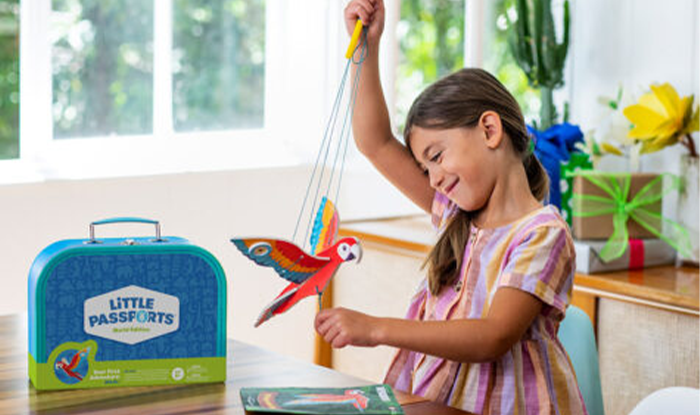
One of the best ways to encourage physical play in children of all ages is with Begin Learning’s Little Passports and Learn With Sesame Street kits.
Both programs help children:
- Learn about the world
- Cultivate creativity
- Foster confidence
- Build self-awareness
- Navigate conflicts with friends
- Develop early math and reading skills
- Overcome stressful situations
- Show kindness and care for others
- Work through big feelings
- Get excited about learning
Take our age- and stage-matching quiz to discover just the right exercises, games, and activities for your child. And for more information on everything we offer and why families love learning with Begin, visit BeginLearning.com today.
